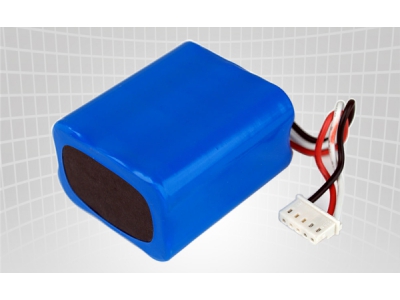Three core technology of mobile power supply
Mobile Internet development need the support of mobile power supply, in this area mainly include thin film battery technology, piezoelectric materials technology, wireless charging technology.
In the era of mobile Internet, a very important part of the client to use lies in its use of time, no matter how excellent performance will not be able to remain open cell phone when out the cable power supply, tablets or the rest of the intelligent products can be effectively used.
On the need to increase the battery life way, one can reduce the electricity usage at the same time, such as, save all the way to save power consumption, save all you can save space, but IT is not suitable for the rapid development of IT products. Another method is to improve the efficiency of the battery, for the product can provide more range of mobile Internet development need the support of mobile power supply, in this area mainly include thin film battery technology, piezoelectric materials technology, wireless charging technology.
Thin-film batteries
Anytime, anywhere access to the source of energy is the most ideal way to solar energy. The application of solar energy is the problem that human history has been striving for. Monocrystalline silicon solar battery although at this stage of dominant in the large scale application and industrial production, but also exposed many shortcomings, the main problem is that the cost is too high. At the same time by the preparation process of monocrystalline silicon material price and single crystal silicon cell, if want to greatly reduce the cost of monocrystalline silicon solar cell is very difficult.
So produced the thin-film solar cells alternatives, including amorphous silicon thin film solar cells, copper indium selenium and cadmium telluride thin-film batteries, polycrystalline silicon thin film solar cells. Amorphous silicon thin film solar cells is the most important advantage is low cost, convenient preparation, due to its photoelectric conversion efficiency can be as the light time and attenuation, the instability of it is also very obvious.
As for copper indium selenium and cadmium telluride efficiency of polycrystalline silicon thin-film batteries more amorphous silicon thin-film batteries is high, the cost was lower than those of single crystal silicon cell, and easy to mass production, also not to decrease efficiency problem, seems to be crystal silicon thin-film batteries a better alternative. Just produce the large amount of pollution during the manufacture of the polycrystalline silicon thin-film batteries also nots allow to ignore, indium, tellurium and selenium, its raw material is a relatively rare metal, further reduce the cost of the space is lesser.
Polycrystalline silicon thin-film batteries due to the use of fewer than monocrystalline silicon, silicon and inefficiency in question, and could be on the cheap substrate preparation, the cost is expected to far lower than monocrystalline cells and laboratory efficiency reached 18%, far higher than the efficiency of amorphous silicon thin-film batteries. Therefore, polycrystalline silicon thin-film batteries are considered to be most likely to replace monocrystalline silicon cells and the next generation of amorphous silicon thin film solar cell, now has become an international research focus in the field of solar energy.
Thin-film solar cell production cost is low, its share of the market in recent years continue to grow. The photoelectric conversion rate is the highest copper indium gallium selenide thin-film solar cells, can amount to 20%, but with more than 30% of the theoretical value is still a far cry from, the main problem is the material of indium, gallium distribution and the proportion is difficult to reach the ideal value.
Although thin-film batteries technology demand is higher, but in the era of mobile Internet, this is an industry full of opportunities. At home, China‘s largest and most modern household textile export amount producers, the vosges shares have thin film solar cell components of production, research and development as well as the crystalline silicon solar battery components production this two pieces of photovoltaic (pv) business. Said to be its wholly owned subsidiary vosges photovoltaic technology co., LTD. Is currently with the German Bosch company to negotiate cooperation method, next including share transfer plan, etc. Vosges pv production of copper indium selenium thin-film solar cell components, belong to the second generation of photovoltaic technology of photoelectric conversion efficiency is highest in the thin film solar cell, the visible light absorption coefficient and the photoelectric conversion efficiency is relatively high in all thin film solar cell material.
In the United States, the United States is rich in solar energy companies are also in indiana, building a large thin-film solar cell module manufacturers, or the largest scale.
The application of solar energy, and its efficiency and clean, no doubt, realize effective use of thin film solar cells, for the use of mobile device extension, will play a very significant role.








